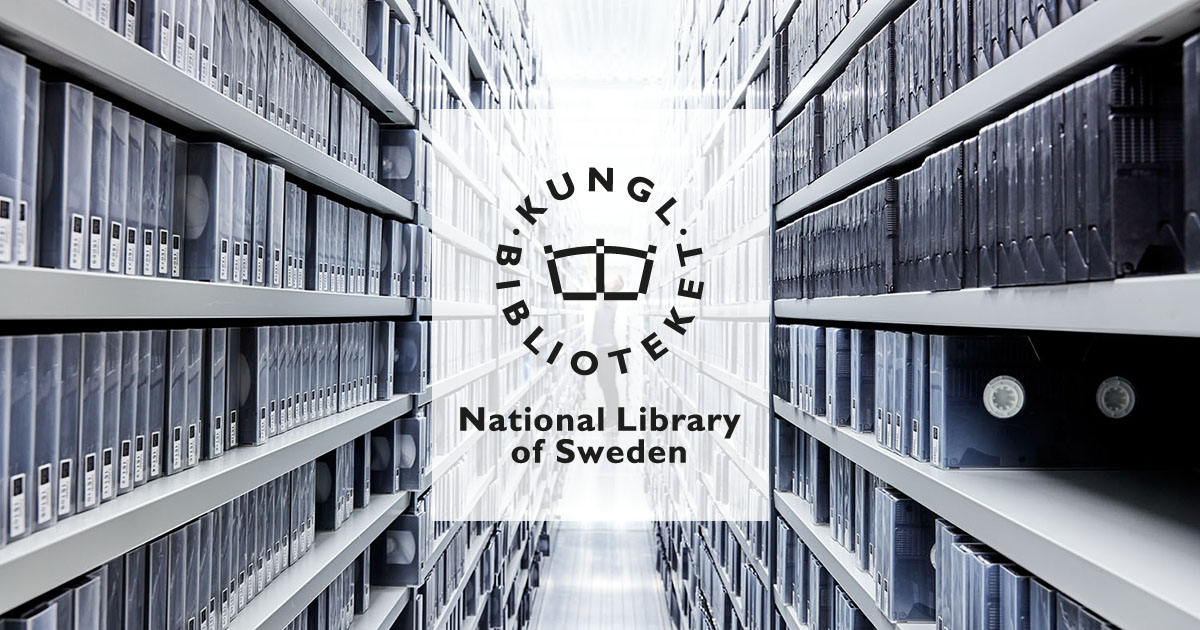'Location-specific' Blocks on Journal Access Could Be OA 'interim Solution'
'Geo-specific access models' will help overcome problem of different nations having different policies towards open access, European Commission expert argues.

Send us a link
'Geo-specific access models' will help overcome problem of different nations having different policies towards open access, European Commission expert argues.

In exchange for full open access Elsevier requests full cooperation in a number of (meta)data projects. Initial responses to the proposed deal show a fear of 'vendor lock-in'.
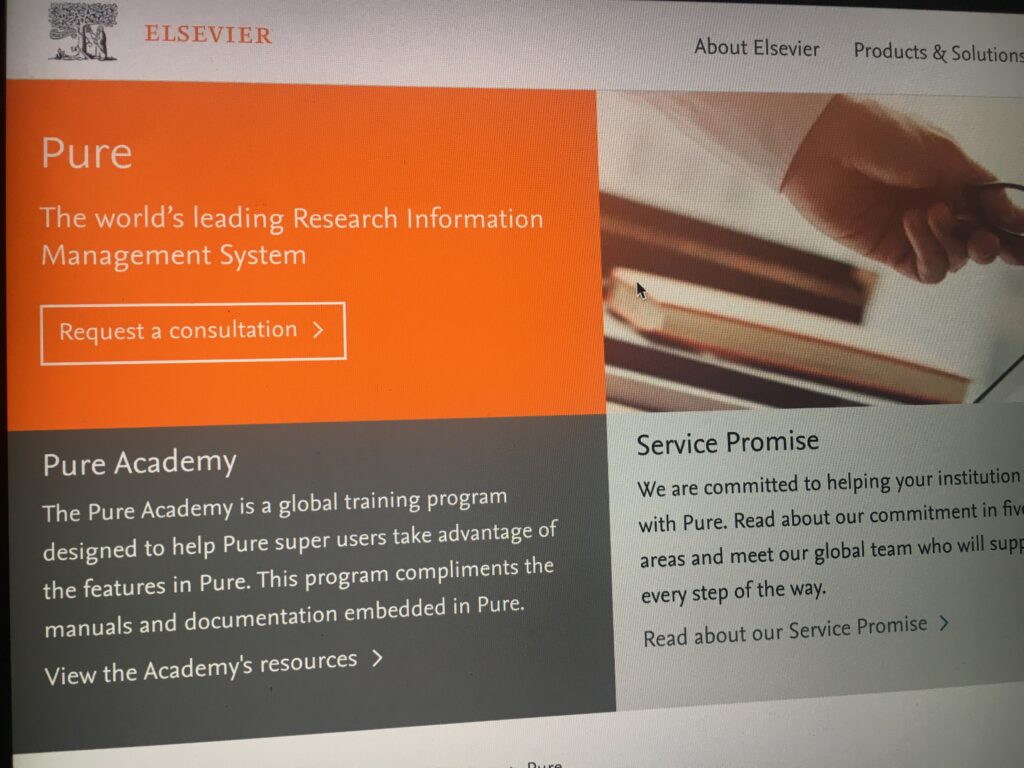
One of the foundational aims of the open access movement, set out in the Budapest Open Access Initiative, was to provide access to research not only to scholars, but to “teachers, students and other curious minds” and in so doing “enrich education”. However almost two decades on from the declaration access to the research literature for educational purposes remains limited.
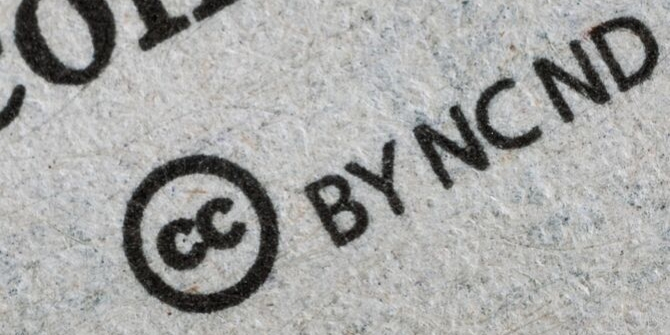
Everything we have gained by opening content and data will be under threat if we allow the enclosure of scholarly infrastructures. We propose a set of principles by which Open Infrastructures to support the research community could be run and sustained.

The problem of access to medical information, particularly in low-income countries, has been under discussion for many years. Paywalls still limit access to approximately 75% of scholarly documents. This study compares the accessibility of recent full text articles in the field of ophthalmology in 27 established institutions located worldwide.
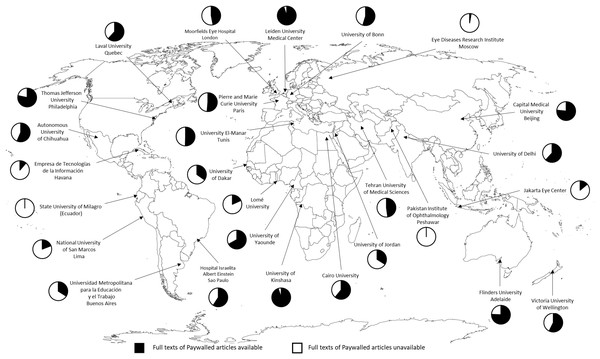
In the overlay publishing model, a journal performs refereeing services, but it doesn’t publish articles on its website. Rather, the journal’s website links to final article versions hosted on an online repository. Some editors share why they chose to publish their journals via the arXiv overlay model and how they believe overlay journals will contribute to greater equity in OA.

With most of the OA conversation now dominated by the notion of a transition to OA, what does this mean for those native OA publishers, like PLOS, who are already OA, and have been for years?
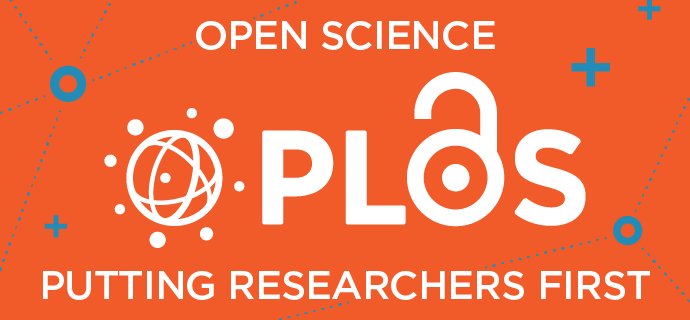
The government's "directions will be entirely determined by the interests of Indian academia and of India", according to K. VijayRaghavan, the principal scientific adviser to the Government of India.

It's Open Access week so this month we asked the chefs: What's next for OA? What lies beyond the APC as a funding model? Let us know your thoughts!

Highwire's Byron Russell reports on this year's OASPA Conference, and future paths to sustainable open access business models.

The Massachusetts Institute of Technology has published its final recommendations on how to increase the open sharing of MIT publications, data, software and educational materials.
As this year's Open Access Week kicks off, we at SPARC continue to grapple with the question: "Open for Whom?" The questions of who is included and whose interests are prioritized are central to the process of how to reach a fully open access system of sharing knowledge.
Pharmaceutical companies, which fund approximately half of all biomedical research, are now leaders in the publication and disclosure of research. However, access to much company-funded research is restricted by journal paywalls.

Around the globe, there are initiatives and organizations devoted to bring "Open Access" to the world, i.e., the public availability of scholarly research works, free of charge. However, the current debate seems to largely miss the point.

This study analyses OA papers over time. Given existing trends, the authors estimate that by 2025, the declining relevance of closed access articles is likely to change the landscape of scholarly communication in the years to come.

This article reports on selected findings from the pilot African Open Science Platform landscape study, conducted by the Academy of Science of South Africa, on request of the SA Department of Science and Technology.

Summary of recent activities around OA monographs.
In September, Ethiopia adopted a national open access policy for higher education institutions. EIFL guest blogger, Dr Solomon Mekonnen Tekle, librarian at Addis Ababa University Library, and EIFL Open Access Coordinator in Ethiopia, celebrates the adoption of the policy.
The MIT Press has received a three-year $850,000 grant from Arcadia, a charitable fund of Lisbet Rausing and Peter Baldwin, to perform a broad-based monograph publishing cost analysis and to develop and openly disseminate a durable financial framework and business plan for open access (OA) monographs.
In this interview, Aileen Fyfe, professor of modern history at the University of St. Andrews, shares an abridged history of journal publishing at scholarly societies and her thoughts on how scholarly publishing's past can influence its present.

Robert Harington suggests that despite the critical role of scholarly societies in publishing and academia, the sad reality is it is the big corporate publishers who win.

To foster open access in Finland, universities have decided to join forces and develop a full service platform for open publishing.

The Science Europe Briefing Paper identifies the key issues at stake in implementing a policy of Open Access to academic books, and outlines recommendations for different stakeholder groups to facilitate and accelerate such a policy.
This is a myth. People think that DOAJ exists to index all open access journals. A journal can only be indexed if it passes all of our criteria. The Directory of Everything Open Access The Director…
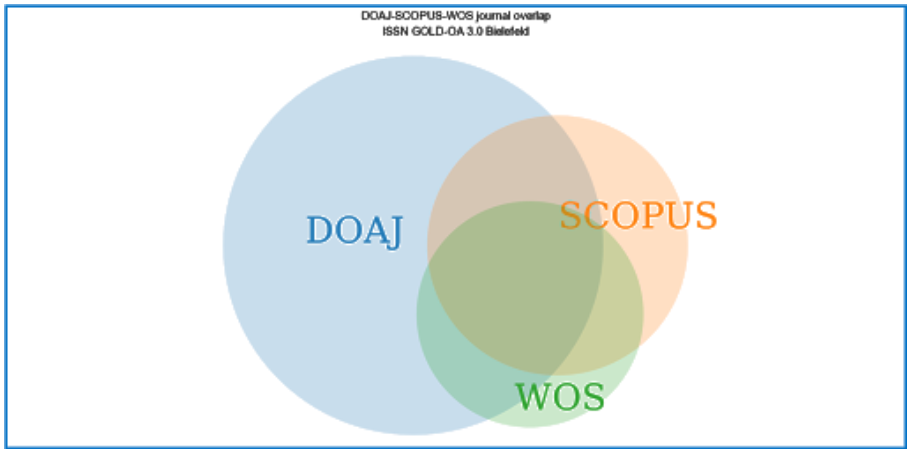
Every five minutes or so, someone tries to come up with a cost-per-article figure for academic publishing. Martin Paul Eve explains why he finds himself wanting to resist the temptation.
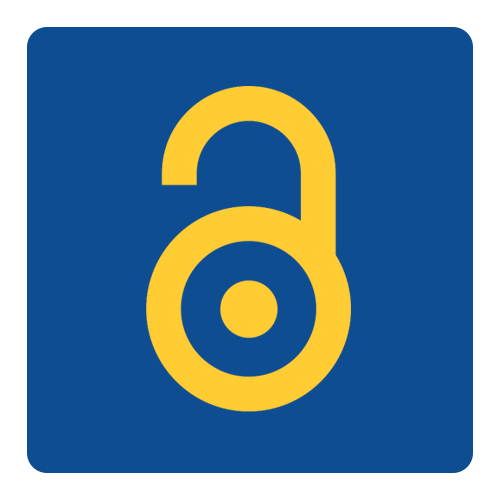
The Bibsam Consortium in Sweden signed a new tranformative Read & Publish agreement with academic publisher Springer Nature. It covers rights to publish in over 1,800 hybrid journals at no extra cost for the author as well as reading rights for over 2,100 journals since 1997.
